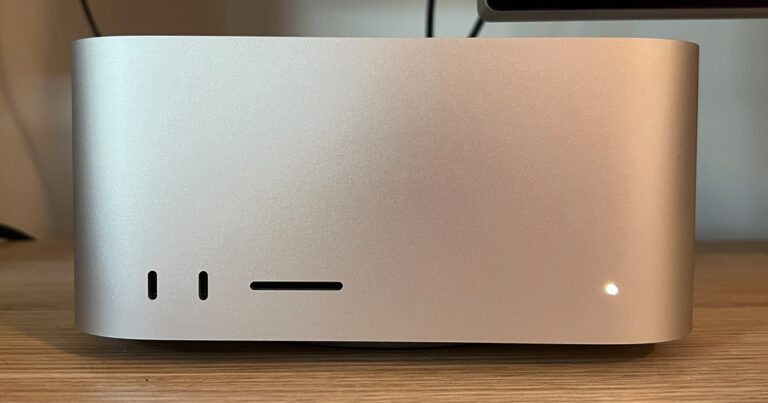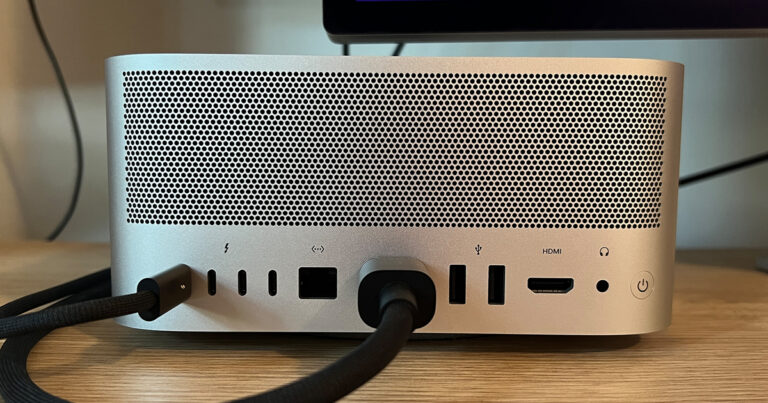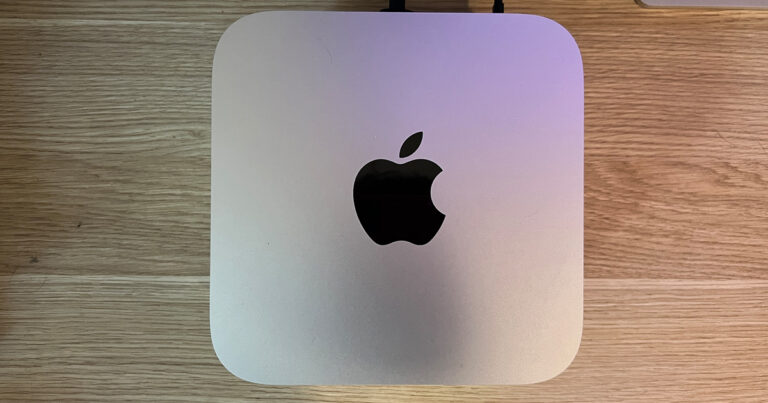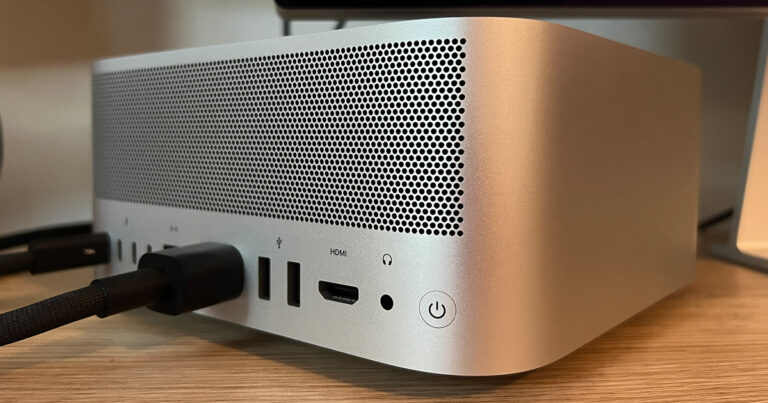Optus Mobile Review ALDI Mobile Review Amaysim Mobile Review Belong Mobile Review Circles.Life Review Vodafone Mobile Review Woolworths Mobile Review Felix Mobile Review Best iPhone Plans Best Family Mobile Plans Best Budget Smartphones Best Prepaid Plans Best SIM-Only Plans Best Plans For Kids And Teens Best Cheap Mobile Plans Telstra vs Optus Mobile Optus NBN Review Belong NBN Review Vodafone NBN Review Superloop NBN Review Aussie BB NBN Review iiNet NBN Review MyRepublic NBN Review TPG NBN Review Best NBN Satellite Plans Best NBN Alternatives Best NBN Providers Best Home Wireless Plans What is a Good NBN Speed? Test NBN Speed How to speed up your internet Optus vs Telstra Broadband ExpressVPN Review CyberGhost VPN Review NordVPN Review PureVPN Review Norton Secure VPN Review IPVanish VPN Review Windscribe VPN Review Hotspot Shield VPN Review Best cheap VPN services Best VPN for streaming Best VPNs for gaming What is a VPN? VPNs for ad-blocking All that raw performance is great, but the Mac Studio feature that’s genuinely improved my workflow is ports. Yep, good old fashioned inputs and outputs. On the back of the Mac Studio, you’ll find four USB C Thunderbolt 4 ports, a 10GB Ethernet Port, two full-size USB A ports, a HDMI connector, and a 3.5mm headphone jack. On the front you get two extra USB C ports (or Thunderbolt if you go for the M1 Ultra model) and an SD card reader. And thank god. The Mac Studio’s sheer amount of ports almost entirely removes the need for dongles or adapters, which are inevitably always impossible to find. You can just plug in devices and get on with it, without needing to unplug something else. The best way to frame this is my experiences with other Macs. In my spare time, I dabble in music production. When testing a M1 Mac Mini, I frequently found myself needing to juggle ports. It has two USB C ports and two full-size USB A ports. I immediately lost one USB C port to my monitor, and my keyboard (o the musical variety) and my audio interface both require their own USB A port. This left me one with one spare USB C port, which I’d typically use for external storage with my software instrument libraries. Heaven forbid I needed to plug in my keyboard (of the typical variety) or trackpad to charge. When testing the M1 iMac, I ran into similar bottlenecks. It’s very easy to use up all four USB C ports, and the lack of full-size USB A ports is puzzling given the machine is easily thick enough for them. While the 2021 MacBook Pro was a lot more generous with its port inclusions, you still run into the issue of no full-size USB A ports. None of these have been an issue on the Mac Studio. I can just plug in devices without worrying about whether I still plug in something like a USB storage drive or my AirPods to charge. The front-facing USB C ports are especially helpful, and save awkwardly fumbling around the back of your Mac, as tends to be the case with most of Apple’s desktop variants. Sure, it would have been nice to have the headphone jack on the front rather than back, and I would have loved just one more full-size USB A port, but it’s just really nice to have ports again. And I’m sure I’m not the only one that feels that way. And honestly, most people probably don’t. The Mac Studio is very clearly designed for professional creative use cases, including video editing, 3D animation, music production, and software development. If you’re a Mac user in one of those fields, the Mac Studio is certainly worth considering. As tends to be the trade-off with Apple products, the Mac Studio isn’t upgradable. You’re stuck with the configuration you buy; features like RAM and storage can’t be increased down the line if your needs change. The Mac Studio is also expensive. You’re looking at a minimum of $3,099 for an entry-level model with the M1 Max, or at least $6,099 for the even beefier M1 Ultra option. If you wanted to go all in, you could spend as much as $12,099 on a Mac Studio with 128GB of RAM and 8TB of storage, but that kind of configuration is very clearly for niche high-end use cases. You also don’t get a mouse or keyboard in the box, unlike with an iMac or Mac Pro. I genuinely hope the Mac Studio represents a blueprint of what’s to come from future Macs. It’s clearly not a consumer machine, but wanting to plug things into your computer without thinking about them isn’t just a professional use case. Not everyone lives in wireless world, USB C is still far from ubiquitous, and having to think about dongles or adapters is annoying at the best of times. And realistically, if a Mac Mini suits you in terms of performance, a Mac Studio isn’t a better buy just to avoid using some dongles. I just wish that wasn’t a decision we didn’t need to make. For a good while there, I had just accepted dongles and far-too-few ports had become the norm. A reality where connecting things to your computer is probably going to be a bit annoying and may need a bit of forethought. The Mac Studio is a welcome about-turn on Apple’s port-lite philosophy, and I’ve got my fingers crossed that’s it not exclusively for pros.



